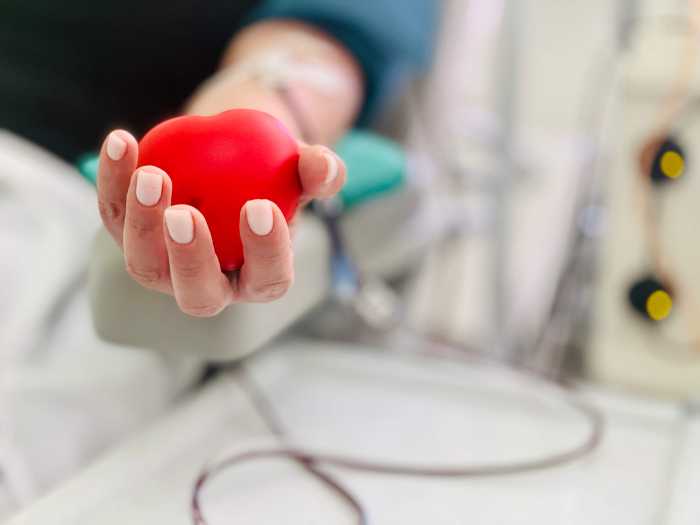These days, everything that can be computerized, eventually gets computerized. Automobiles, dishwashers and just about every other household and workplace appliance and the factories that manufacture them are increasingly controlled by computers.
Patient care has especially benefited by the rapid expansion of the application of computers to every aspect of the practice of medicine. It has been long known that a weak urinary stream is one of the primary symptoms caused by enlargement of the prostate gland. But how can the strength or speed of a stream be evaluated and measured?
Most men don’t have the foggiest notion what the strength of their urinary stream might be so urologists, using computerized calibrated electronic equipment are able to accurately measure the urinary flow rate by simply having the patient urinate into a receptacle bowl attached to the computerized equipment. The flow of urine is converted into a digital signal displayed on the computer screen and printed out as a report. This procedure is known as uroflowmetry and it is an essential part of the complete urological evaluation of the patient.
The information displayed in the report includes the total volume voided, the maximum or peak flow rate reached, the average flow rate, the number of seconds required to reach the peak flow rate, the total number of seconds required to urinate and a graph showing the flow rate against time throughout the entire urination.
People often want to know how they compare to what is considered normal. Full bladder capacity for an adult man is about 16 ounces. The urinary stream is normally continuous rather than interrupted and rapidly increases to a maximum flow of almost an ounce per second within the first three seconds of urination. The average urinary flow rate is about one half ounce per second.
Urination should not take longer than 20 seconds and no abdominal straining should be required. So the man, whose peak flow is only one-quarter ounce per second, takes 60 seconds or more to urinate with an intermittent stream or who needs to push to start or complete his urination is being given clear signals that it is time to seek help for his prostate problem.
That help will most likely involve computer-controlled equipment to help establish the correct diagnosis. After that, most problems related to benign prostate enlargement can be easily treated with appropriate medication. If the medication cannot be tolerated or if its use doesn’t result in sufficient relief, TherMatrx® microwave thermotherapy, a safe, computer-controlled, easily tolerated, 30-minute, FDA approved non-surgical treatment easily done in the office without anesthesia.
Surgery should only be considered as a last resort for relief of the symptoms caused by benign prostate enlargement. The continuous and ongoing advances in the application of computer technology to medical care are welcome progress indeed.
Have a question? Call Dr. Okun at 718-241-6767






















